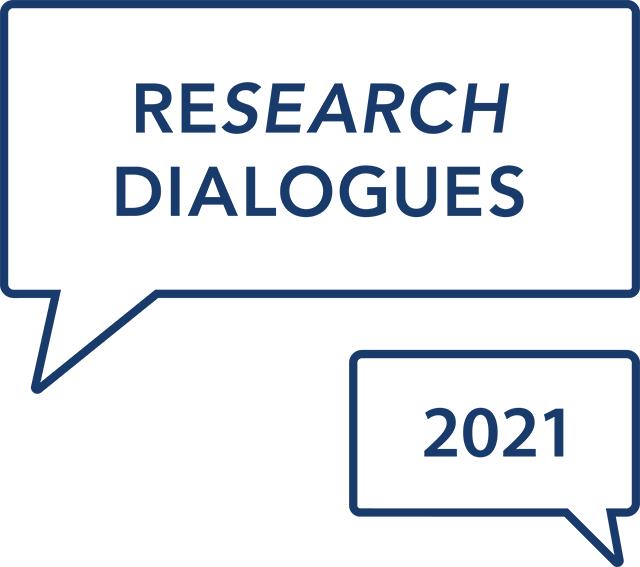Start Date
12-4-2021 10:00 AM
End Date
12-4-2021 10:00 AM
Publisher
University of Tennessee at Chattanooga
Place of Publication
Chattanooga (Tenn.)
Abstract
The sudden shift to remote learning in higher education resulted in experimentation and observations that will continue to inform educators. Previous research had shown the efficacy of online communities of inquiry (Garrison), which were defined as the intersection of cognitive, social and teaching presence in the online course space. Cognitive presence is the interaction between students and the content material, while social presence is the interaction among students as a learning community. Teaching presence is the interaction between students and the educator, which has become a critical consideration during the transition to remote learning. Though cognitive presence can be delivered with a variety of remote technologies such as video lectures and e-textbooks, the challenge for educators is to leverage social and teaching presence to enhance learning. One successful approach to building social and teaching presence is active learning. This paper seeks to describe how active learning provided an authentic educational experience for synchronous online English courses. Active learning traces its roots to Dewey, who studied how to change education from lecture-centered to experience-centered modes. Researchers across disciplines have observed that active learning increases engagement and student performance (Bass; Cherney; Freeman et al.). Active learning strategies include case studies, peer instruction, problem-based activities, and role-playing (McConnell et al.), but with the requirements of suddenly-remote learning, active learning has become more of a way of interacting in the online space than a defined set of activities. One helpful concept for applying active learning is orienting students to the new online space to enhance participation. A second concept is employing strategies that keep students engaged during real-time class by harnessing online potential. A third concept is to extend active learning beyond the synchronous class time as a bridge to the next online class meeting.
Date
4-12-2021
Document Type
presentations
Language
English
Rights
http://rightsstatements.org/vocab/InC/1.0/
License
http://creativecommons.org/licenses/by/4.0/
Recommended Citation
McPherson, Joyce, "Increasing Online Engagement through Active Learning". ReSEARCH Dialogues Conference proceedings. https://scholar.utc.edu/research-dialogues/2021/presentations/7.
Increasing Online Engagement through Active Learning
The sudden shift to remote learning in higher education resulted in experimentation and observations that will continue to inform educators. Previous research had shown the efficacy of online communities of inquiry (Garrison), which were defined as the intersection of cognitive, social and teaching presence in the online course space. Cognitive presence is the interaction between students and the content material, while social presence is the interaction among students as a learning community. Teaching presence is the interaction between students and the educator, which has become a critical consideration during the transition to remote learning. Though cognitive presence can be delivered with a variety of remote technologies such as video lectures and e-textbooks, the challenge for educators is to leverage social and teaching presence to enhance learning. One successful approach to building social and teaching presence is active learning. This paper seeks to describe how active learning provided an authentic educational experience for synchronous online English courses. Active learning traces its roots to Dewey, who studied how to change education from lecture-centered to experience-centered modes. Researchers across disciplines have observed that active learning increases engagement and student performance (Bass; Cherney; Freeman et al.). Active learning strategies include case studies, peer instruction, problem-based activities, and role-playing (McConnell et al.), but with the requirements of suddenly-remote learning, active learning has become more of a way of interacting in the online space than a defined set of activities. One helpful concept for applying active learning is orienting students to the new online space to enhance participation. A second concept is employing strategies that keep students engaged during real-time class by harnessing online potential. A third concept is to extend active learning beyond the synchronous class time as a bridge to the next online class meeting.


